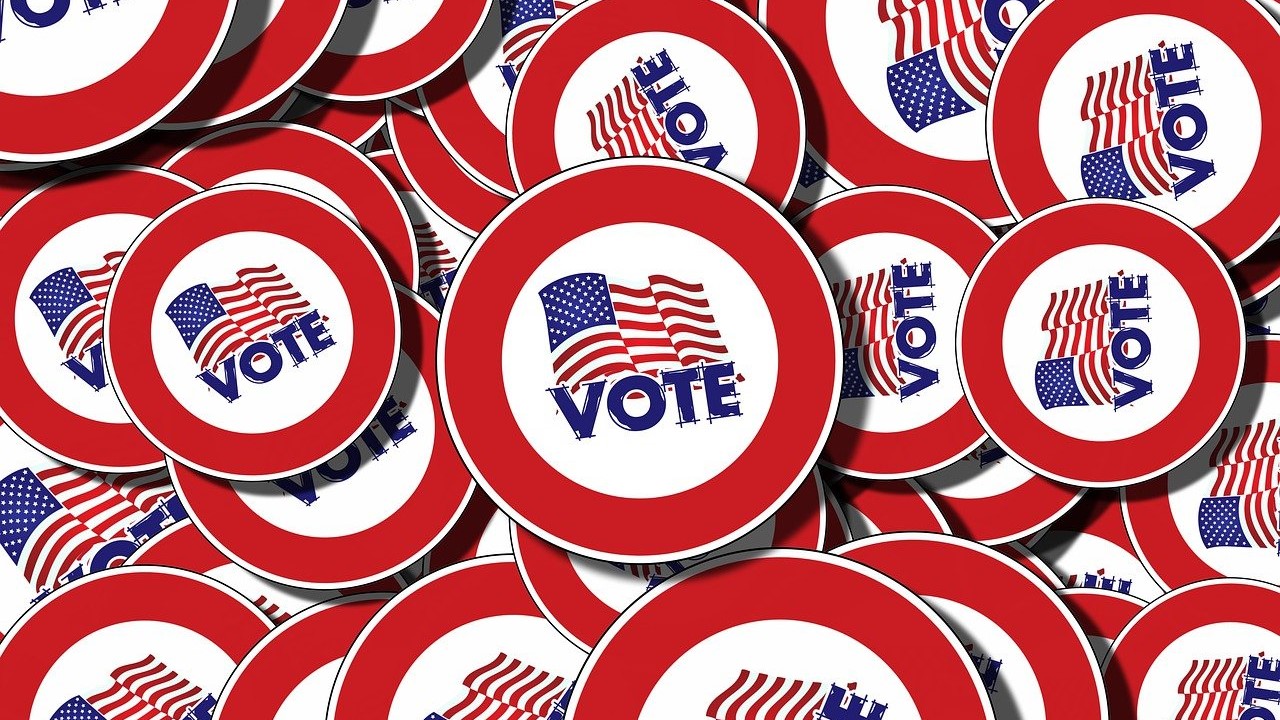After the Democratic Party effectively conceded defeat before the election by admitting that their president, Joe Biden, is unfit to lead the United States, his peculiar Vice President Kamala Harris saw a remarkable surge in her numbers. At least according to some polls. While we shouldn’t be overly suspicious and assume political motivations behind these polls, it’s worth taking a look at how these same pollsters performed before the 2020 election before delving into the current numbers.
(Spoiler alert: there’s no real reason for American patriots to panic.)
The 2020 Poll Numbers vs Reality
For this analysis, we have reviewed polls from four years ago from the five battleground states that decided the last election: Michigan, Wisconsin, Pennsylvania, Arizona, and Nevada. It’s safe to say that the 2020 polls were dreadfully wrong in their predictions, with errors not seen in 40 years, and there are only poor explanations for such mistakes.
Michigan
In 2020, some pollsters predicted a 10 per cent Biden victory just days before the election, with an average expectation of a 5.5 per cent lead. The reality was 2.78 per cent.
Wisconsin
Some polls predicted a 10 per cent or even 13 per cent Biden victory in this famously cold and snowy state. The actual result was staggering: Biden won by just 0.63 per cent, with a margin of 20,000 votes.
Pennsylvania
Here, pollsters were more modest, forecasting only a 4 per cent Biden lead. Yet, even in this case, they overestimated the Democrats. Biden won by just 1.16 per cent, and Pennsylvania became one of the main battlefields of Trump’s claims of electoral fraud (he was leading comfortably until the postal votes were counted).
Arizona
Pollsters uniformly predicted a close race, with an average 2.2 per cent Biden lead, although The New York Times managed to show a 6 per cent Democratic advantage. The actual outcome was extremely tight, with Trump losing by just 0.3 per cent and 10,000 votes.
Nevada
Analysts expected a smooth Democratic victory, with an average prediction of 5 per cent, and some going as high as 9 per cent. The actual result was a 2.39 per cent victory.
So, in 2020, the popularity of Biden and the Democrats was clearly overestimated. Whether this was due to political bias or professional incompetence, I won’t speculate, but neither option is encouraging.
Even in the days leading up to the election, when almost everyone had made up their minds and there was no third relevant candidate, the Democrats were overestimated by an average of 3.65 per cent across these five states.
And that’s not to mention Florida, where Biden was predicted to win by 3 per cent, while Trump won by 3 per cent—a 6 per cent overestimation for the Democrats. A massive error.
But What About Now?
The liberal media eagerly celebrates the news that as soon as Biden was replaced by his Vice President, who many consider even worse and a radical woke leftist, Harris soared in the polls, allegedly turning Trump’s 4 per cent lead into a 4 per cent Harris advantage in the snap of a finger. A lovely fairy tale. This result is questionable because Harris hasn’t come out of nowhere; those dissatisfied with the U.S. government are also dissatisfied with her, as she has been the second-in-command in this underperforming administration. It seems the Democratic tactic is to make people forget this, and give them hope of victory, hence these unusual polling results. Let’s examine them using the previous method.
Michigan
The late June 4–5 per cent Trump lead over Biden has, according to pollsters, turned into a 2.4 per cent Harris lead. This is a significant change, representing a lot of voters. Suspicious in itself, but when you consider that in 2020, Trump lost by only 2.78 per cent despite much worse numbers and that the Democrats were overestimated by 2.6 per cent by the same institutions, this apparent 2.4 per cent advantage is much more likely to result in a Trump victory.
Wisconsin
Trump had a slight lead over Biden, but now Harris is polling 3 per cent ahead. However, we know that in Wisconsin, Democrats were overestimated by 8.57 per cent, and Biden won by just 0.6 per cent with a much larger national lead (the national result was a 4.5 per cent Biden victory). Given this, I strongly doubt the Democrats will succeed in Wisconsin.
Pennsylvania
Ah, good old Pennsylvania. Trump in 2016, Biden in 2020, and now completely unpredictable. Currently, pollsters are showing a miraculous turnaround, with Trump’s 4 per cent lead becoming a 2.2 per cent Democratic advantage. Not very convincing, especially considering that in 2020 Biden won by just 1.16 per cent, with Democrats being overestimated by 2.54 per cent. In my calculations, the crucial 19 electoral votes will be allocated in a near tie.
Arizona
Arizona is one of the few places where Trump is still predicted to win, albeit by just 0.2 per cent, essentially a tossup. Let’s not forget that a month and a half ago, Trump was polling at 5 per cent ahead, and in 2020 Democrats won by 0.3 per cent after being overestimated by nearly 2 per cent. Given this, I would bet on a solid Trump victory.
Nevada
Finally, the star of the 2020 drama, Nevada, where we waited days for the final result. The story is the same: according to the pollsters, Harris has turned Biden’s nearly 5-point deficit into a tie, with Trump barely leading. I can only say again: four years ago, the Democrats won by 2.39 per cent, with a 2.6 per cent overestimation in advance, so I expect a Trump victory here as well.
Conclusion
The conclusions do not suggest that Harris has managed to secure even a single decisive state. While I won’t dispute that her numbers seem more plausible than Biden’s due to initial momentum, it’s more likely that the Democrats are once again using overestimates to rally their disillusioned voters and mobilise them.
Currently, an average 1.42 per cent Democratic lead is being measured in the five decisive states. In 2020, it was 5.1 per cent before the election. The situation is still dire for the Democrats, especially considering that in 2020 they were ultimately overestimated by 3.65 per cent compared to the actual results. This means that even the highly touted Kamala Harris, at her peak with a strong tailwind, would still lose to Trump.








